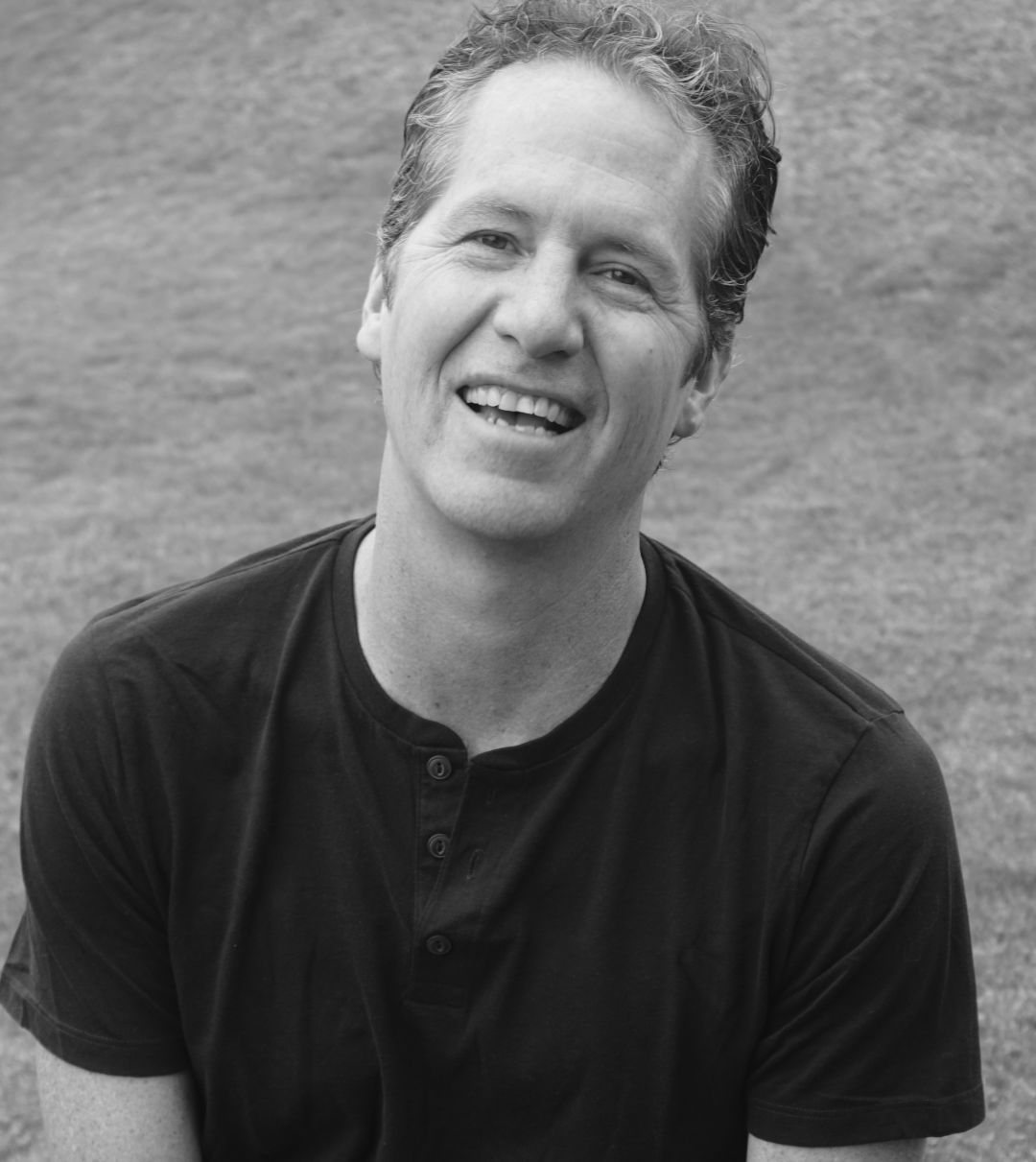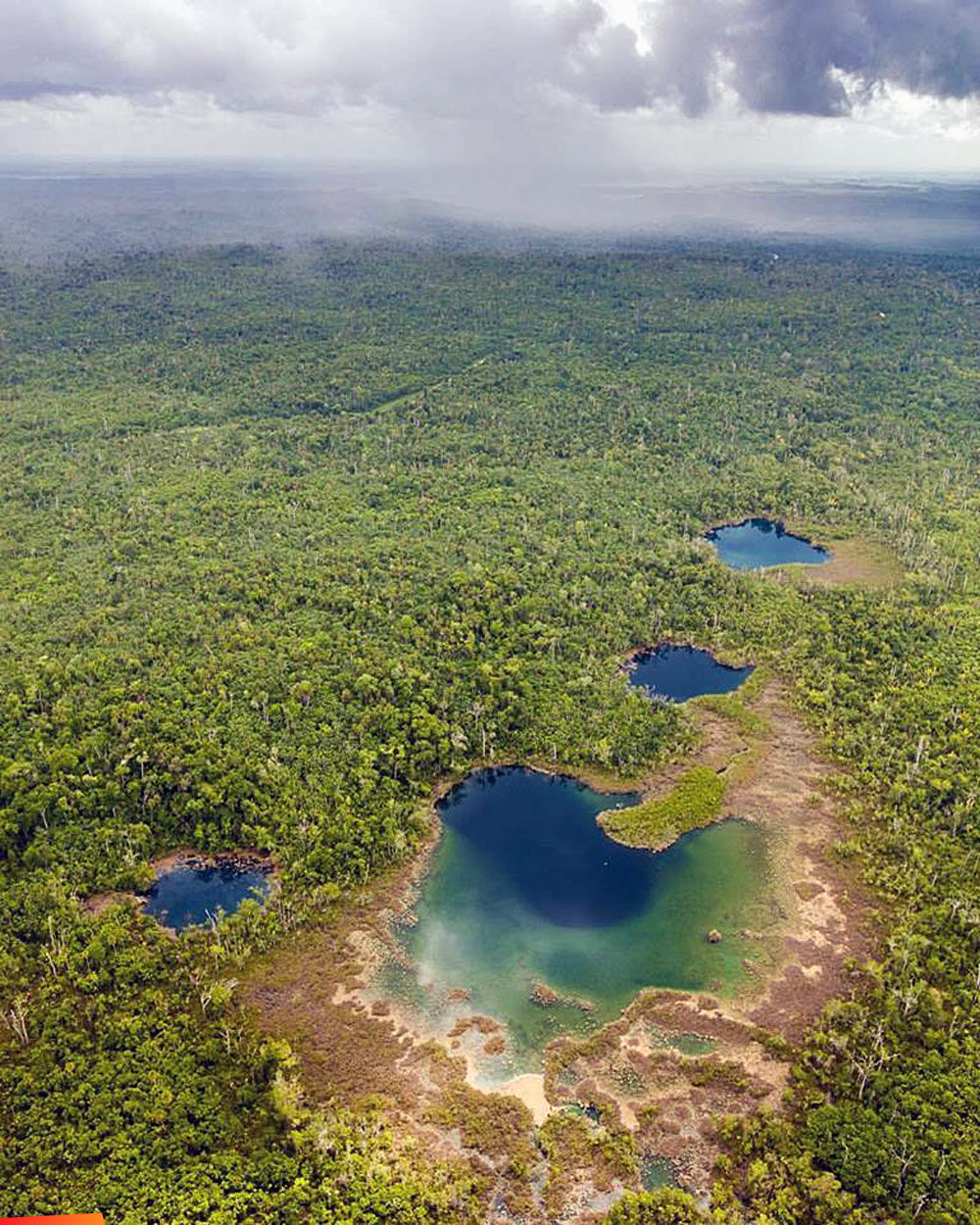Dr. Andrew Kinkella, Moorpark College, will be presenting



This research focuses on ancient Maya settlement at the Cara Blanca Pools, a string of 25 freshwater cenotes and lakes located in west-central Belize. Pool 1 has been the most extensively explored, with a depth of 235 feet and a geological makeup where the pool extends deep underneath the surrounding cliffs, becoming an underwater cave. The underwater cave component is named “Actun Ek Nen,” which translates to “Black Mirror Cave” in the Mayan language. The methods used in both underwater exploration and jungle survey will be examined, and the archaeological finds will be discussed, including Maya ceramic sherds and the remains of a giant sloth. Maya settlement immediately surrounding the pool will also be noted, as these structures indicate the pool was used as a pilgrimage center and sacred location for water ritual during the Late and Terminal Classic Period of ancient Maya society (AD 600-925).
Since 1993, Dr. Andrew Kinkella has spent 18 field seasons in the jungles of west-central Belize, studying the Classic Maya (AD 250-900). His archaeological research focuses on a string of 25 cenotes (small, deep lakes) located in the Cara Blanca region of Belize, and how the ancient Maya used these cenotes during water rituals. His research includes the exploration of the cenotes using diving equipment to document artifacts that have been underwater for over a thousand years.
In addition to working in Belize, Dr. Kinkella is also the director of the Moorpark College Archaeological Program (MCAP), which teaches archaeology through research at local California archaeological sites. He has also worked in Guatemala, Mexico, and Germany. Dr. Kinkella is passionate about using his teaching position to enrich his student’s lives through the joy and excitement of archaeology, and is currently working on expanding his audience through publishing, YouTube, and other media outlets.